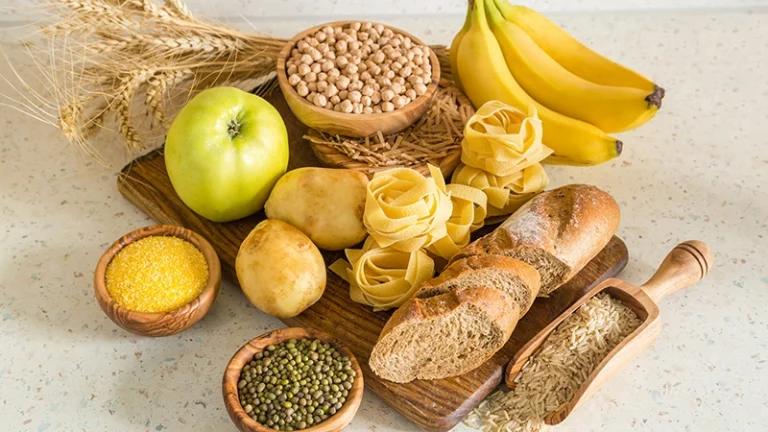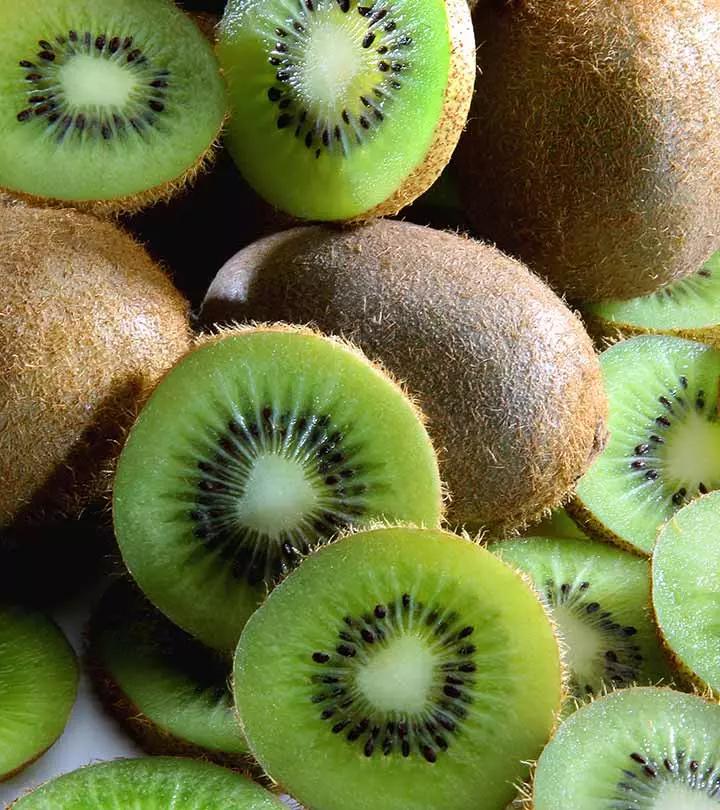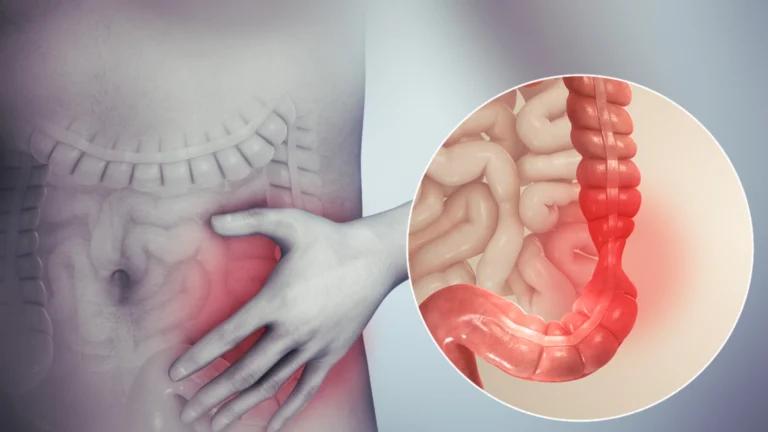When food shopping in the supermarket a good way to check the fibre content of the foods is to check the food labels to make an informed decision before putting it in your trolley. Fibre is a vital nutrient in our diet to aid a good digestive system. Without it, we can quickly experience bloating, constipation, and lethargy.
In this article, we will look at ways to increase your dietary intake, which should help you easily reach the recommended 30g daily amount suggested by the NHS.
🎯 Is 30g of fibre a reasonable target?
You may be thinking is increasing your intake to 30g a reasonable target from the national average of around 20g. Try not to think about reaching 30g but instead make small changes that will gradually take you towards that target.
A study by The British Nutrition Foundation found that 30g of fibre is achievable in a healthy diet but that, for most people, it will require planning and intentional effort.
The main approaches they recommend to eat enough fibre are:
- Make ideally wholegrain varieties of foods the foundation of your meals
- Eat eight or more portions of fruit and vegetables a day
- Choose high-fibre foods as snacks
Let us take a look at how we can increase your dietary fibre intake.
🥗 Fibre-rich foods
Vegetables
Eating your vegetables before a meal is a good strategy for eating more of them.
- Lettuce, Swiss chard, raw carrots, and spinach
- Tender cooked vegetables, such as asparagus, beets, mushrooms, turnips, and pumpkin
- Baked potatoes and sweet potatoes with skin
- Broccoli, artichokes, squashes, and Brussels sprouts
Add more legumes and nuts
- Legumes, such as lentils, black beans, split peas, kidney beans, lima beans, and chickpeas
- Nuts and seeds, such as sunflower seeds, almonds, pistachios, and pecans
More fruits
The fibre from the fruit can improve satiety, especially when paired with food that contains fat and protein, such as nut butter or cheese.
- Apples and bananas
- Peaches and pears
- Prunes
- Strawberries
- Raspberries
- Blueberries
- Blackberries
- Avocados
- Kiwis
More grains
- Grains are another important source of dietary fibre.
- Whole-grain breads
- Brown rice
- Quinoa
- Popcorn
- Wholegrain breakfast cereals, such as bran, shredded wheat, and puffed wheat (bran, oat bran or wheat bran)
- Whole-wheat pasta and rice
- Bran muffins
💡 Tips to get more fibre in the diet
- Eat the skin of fruits and vegetables (if they are safe to eat), since most of the fibre is often found there
- Remember to sprinkle nuts or seeds on your salad
- Top yoghurts, cereal and oatmeal with frozen, fresh or dried fruit
- Snack on vegetable sticks with hummus or guacamole, popcorn and fresh fruit
- Have a supply of frozen vegetables in your freezer
- Canned baked beans or chickpeas are a quick way to add fibre to stews, curries
✔️ Make some simple swaps
- Replace white bread with whole-grain bread
- Replace white pasta with wholewheat pasta
- Swap fruit juices for whole fruits and vegetables
- Swap mayonnaise or cheese for avocado in sandwiches, salads or dips
- Replace meat for beans or lentils in recipes
🍽️ What are some high-fibre meal ideas for breakfast, lunch, dinner and snacks?
Here are some examples of meals that can help increase the amount of fibre you eat and move closer to the recommended daily amount.
Breakfast
- A bowl of porridge topped with half a sliced banana, a handful of almonds and raspberries
- Choose a higher-fibre breakfast cereal such as plain wholewheat biscuits, plain shredded whole grain or porridge as oats are also a good source of fibre
Lunch
- A sandwich made from two slices of wholemeal bread, half an avocado (sliced or smashed), a few slices of lean ham or turkey and a generous helping of salad
- Baked potato with skin on, topped with canned tuna and a leafy green salad
Dinner
- Baked potato with skin on topped with canned baked beans
- Wholemeal spaghetti with pesto
Snacks
- Rye crispbreads dipped in low-fat hummus
- Fresh fruit
- Vegetable sticks
- Oatcakes
- Small handful of unsalted nuts or seeds
- Peanut butter, apple slices or celery sticks
- Nachos with black beans, lots of fresh veggies, whole-wheat tortilla chips and salsa
🥦 What is fibre?
Fibre is a type of carbohydrate (also known as roughage) that the body can’t digest. It passes through the body undigested after going through the whole digestive system. Fibre plays a role in regulating the body’s use of sugars, helping to keep hunger and blood sugar in check.
Dietary fibre is the part of plant foods that you eat but which doesn’t get digested in your small intestine. Instead, it is completely or partially broken down (fermented) by bacteria in your large intestine. Dietary fibre plays a role in gut health as well as showing evidence of lowering blood sugar levels and cardiovascular risk.
Different types of fibre
Each type of fibre plays an important role in the development of good bacteria in the bowel.
Soluble fibre
As the name suggests this type of fibre dissolves easily in water and comes from the inside of plants. It is broken down in the large intestine into a gel-like substance and can slow the movement of food through the large bowel. Soluble fibre can help with constipation as it can help soften your poo. It can also help with diarrhoea as it can slow down and thicken your poo. Foods that contain soluble fibre are:
- Bananas, apples, oranges, pears, berries
- Oats and oat bran
- Legumes and pulses (e.g. kidney beans, chickpeas)
- Okra, eggplant, peas, avocado, sweet potato, carrot, turnip
- Psyllium husk
Insoluble fibre
As the name suggests this type of fibre does not dissolve in water and comes from the outer part of plants. It moves through the digestive tract absorbing fluid and adding bulk to the stool. This can speed up the movement of stool through the bowel and can help with constipation. Examples of food containing insoluble fibre are:
- Wholegrain products e.g. breads, pasta, brown rice, quinoa, barley
- Vegetables (skin and seeds)
- Nuts and seeds (flaxseed, chia)
- Wheat and rice bran
- Fruit (skin and seeds have the most fibre)
Resistant starch
This type of fibre feeds the good bacteria in our gut (prebiotic). This is a soluble fibre that is highly fermentable in the gut. It gets broken down by good bacteria to produce short-chain fatty acids which may protect against bowel cancer.
Sources of resistant starch foods:
- Cooked and cooled potato, rice, quinoa, and pasta
- Unripe bananas
- Legumes
- Oats
Conclusion
It’s no secret that getting more fibre in your diet is a great way to keep your digestive system healthy. High-fibre diets also have health benefits, such as a lower risk of heart disease, stroke, and type 2 diabetes. Fibre has also been shown to lower cholesterol levels and blood pressure.
Remember, you should always speak to a healthcare professional before making any significant dietary changes.
Sources
- Fiber: The Carb That Helps You Manage Diabetes – Diabetes – CDC
- Dietary fibre: Essential for a healthy diet – Mayo Clinic
- Dietary fibre in foods: a review – PMC
- Fibre – Nutrition Information – British Nutrition Foundation
- Increasing dietary fibre – NEMO Gastroenterology Group
Medical Disclaimer
NowPatient has taken all reasonable steps to ensure that all material is factually accurate, complete, and current. However, the knowledge and experience of a qualified healthcare professional should always be sought after instead of using the information on this page. Before taking any drug, you should always speak to your doctor or another qualified healthcare provider.
The information provided here about medications is subject to change and is not meant to include all uses, precautions, warnings, directions, drug interactions, allergic reactions, or negative effects. The absence of warnings or other information for a particular medication does not imply that the medication or medication combination is appropriate for all patients or for all possible purposes.









